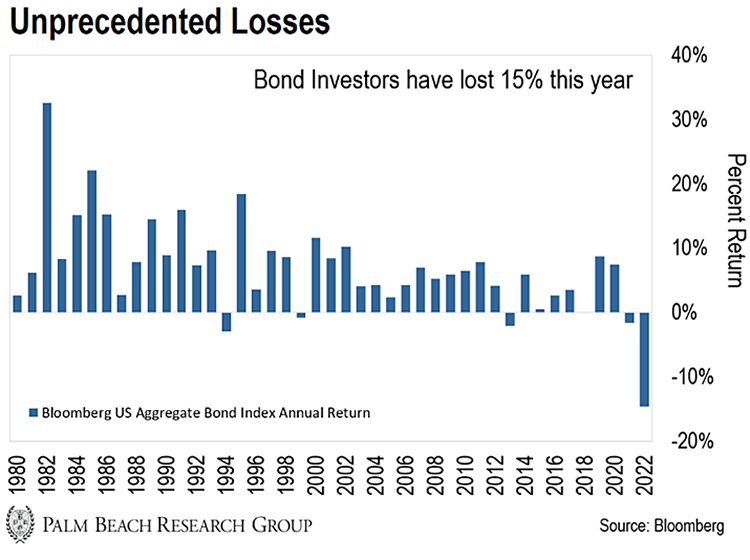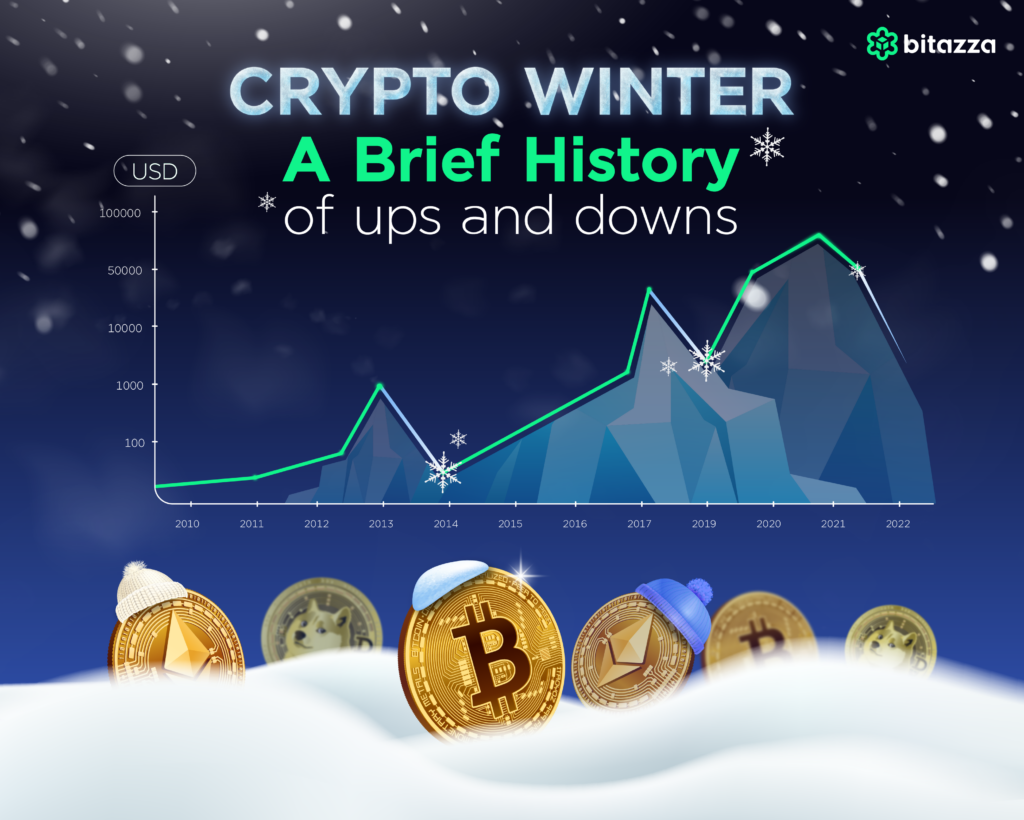Alright folks, buckle up, because the bond market is officially sending out some seriously alarming signals. We just witnessed a brutal spike in US Treasury yields today, and let me tell you, it’s not pretty. The 30-year Treasury yield jumped a whopping 25 basis points to hit 5.010% – a level we haven’t seen since the end of 2023! And the 10-year isn’t far behind, surging 21 basis points to 4.503%.

What does this mean? Simply put, investors are demanding a higher return to hold US debt. This is a classic sign of increasing inflation expectations or a growing fear about the US government’s ability to manage its debt. Or, let’s be real, maybe a bit of both.
Let’s break down what’s happening. These yields aren’t just abstract numbers; they underpin everything in the financial system. Mortgage rates, corporate borrowing costs, even stock valuations all feel the ripple effect. A higher yield environment squeezes borrowers and complicates the Fed’s life.
Knowledge Point Expansion: Understanding Bond Yields & Their Impact
Bond yields represent the return an investor receives on a bond. When demand for bonds falls, yields rise to attract investors. This inverse relationship is key.
Rising yields often signal economic optimism, as investors anticipate stronger growth and potentially higher inflation. However, rapid increases can also indicate concerns about runaway inflation or unsustainable debt levels.
Longer-term yields, like the 30-year, tend to reflect expectations about future economic conditions. Today’s spike suggests pessimism about the long-term trajectory of the US economy.
Furthermore, higher Treasury yields increase the government’s borrowing costs, potentially impacting future budget deficits. It’s a vicious cycle if we are not careful.
Frankly, this move is a gut punch. We’ve been warned about persistent inflation, and this yield surge is a stark reminder that the Fed’s job is far from over. Don’t be surprised to see volatility ramp up in the coming days. Hold onto your hats, people. This could be a bumpy ride.






